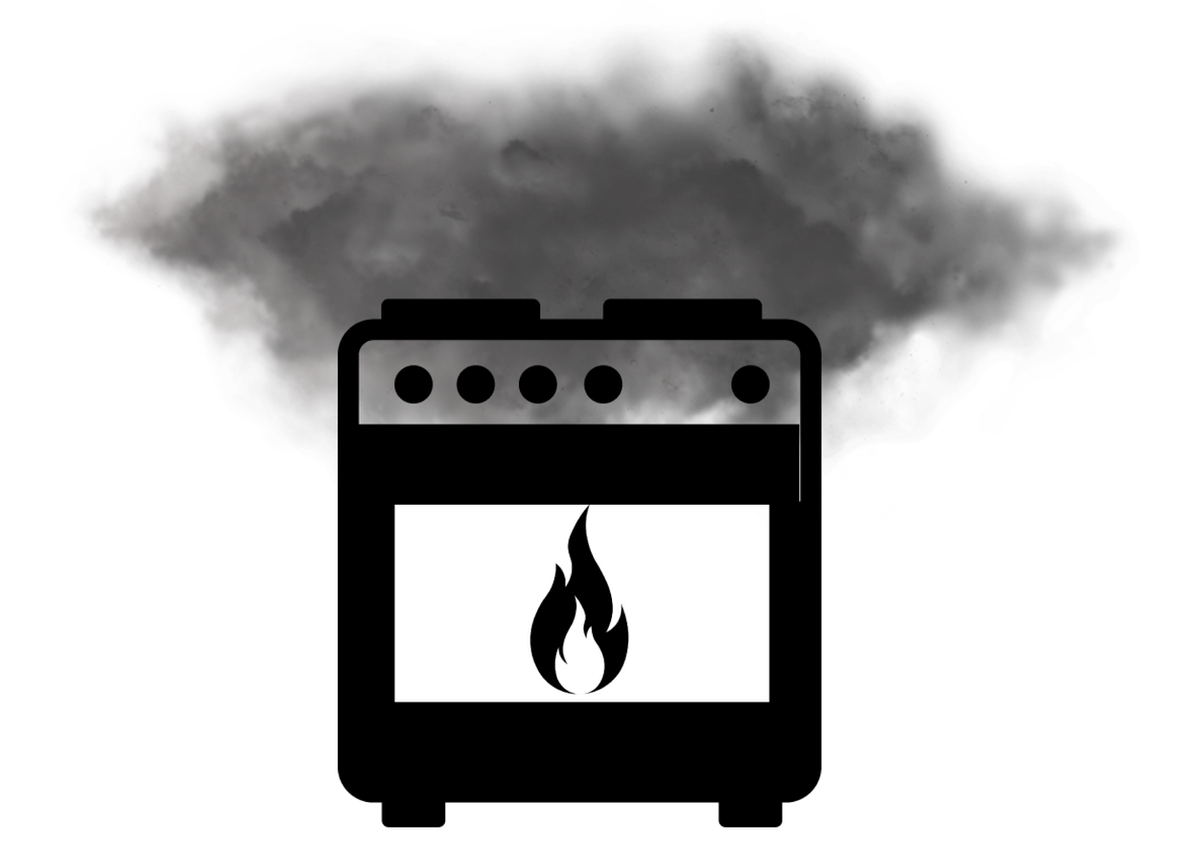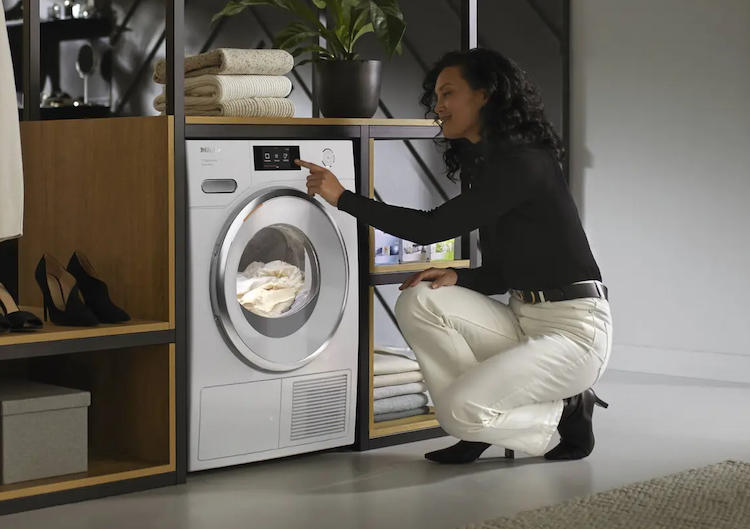2. Electrify your home
Eliminate fossil fuels where you live and avoid 5-11 Tons of carbon emissions per year
Burning fossil fuels in our homes for heating and cooking creates unhealthy indoor air pollution and more carbon pollution than an automobile. It is possible and affordable to live in a home that creates zero carbon emissions from energy use.
Electrify everything
Gas Furnaces and Water Heaters are the by far the largest carbon emitters in most homes. But gas stoves, fireplaces, barbeques and gas powered lawn tools also create carbon emissions. All of these devices can be replaced with zero emissions electric alternatives that perform better, are safer and are often much cheaper to operate.
Here’s why it matters…
27% of US emissions are from burning gas for heat
Heating our homes and heating our water consumes over 60% of home energy and is the largest source of household carbon emissions by far. Methane, or “natural gas” is sold as a clean burning fuel, but the truth is that methane is one of the largest contributors to global warming and air pollution.
Furnaces and water heaters
The average gas furnace and gas water heater combined will produce 5 - 11 Tons of CO2 per year. These products typically last 10 to 15 years and will produce 60 to 150 Tons of CO2 over their lifetimes and create dangerous local air pollution.
Gas stoves are dangerous!
More and more evidence shows that cooking with gas is bad for our health - especially for children. Nitrogen oxides, carbon monoxide and other toxic fumes from gas combustion can lead to indoor air pollution that would be illegal outdoors in just minutes of using a gas stove.
Health Hazards from Gas
Here is a short video which explains the health hazards of gas stoves and appliances and how electric appliances can avoid these hazards.
Wood smoke is dangerous
Burning wood to heat homes is not an environmentally sound solution. Smoke from wood stoves and fireplaces is one of the largest sources of urban air pollution and more dangerous to our health than cigarette smoke. Burning wood releases more carbon emissions per unit of heat energy than any fossil fuel including coal.
Here’s the solution
The High Performance All-Electric Home
Download our factsheet with a summary of the advantages of all electric homes and useful information about the high efficiency electric appliances that will lower your energy bills and dramatically reduce carbon emissions. See why electric solutions are better!
High efficiency heat pumps
Heat pumps are super efficient because they use very little energy to move heat instead of burning fuel to create heat. They have been used for decades to keep your refrigerator cold by moving heat to your kitchen, which gets slightly warmer. The same technology can heat and cool your house or heat your water. Because they are so energy efficient, they create very little carbon pollution, and with clean energy they produce ZERO carbon emissions.
Heat Pumps for space heating and cooling
Super high efficiency electric heat pumps have become very common in all parts of the world for space heating and cooling. They can keep homes warm in even the coldest climates. Heat pumps circulate the air more than gas furnaces, so they filter the air more effectively and provide more even heating. A heat pump powered by renewable energy will avoid 4-8 Tons of carbon emissions per year compared to a gas furnace.
Ducted and ductless systems
Heat pumps harvest energy from outside then transfer that energy into your home. Ducted, or central heat pumps, blow warm or cool air through the home’s air ducts and vents. Ductless systems have wall mounted heads which blow warm or cool air into individual rooms. Heat pumps are much more efficient than conventional air conditioners, and typically operate at comparable or lower costs than the most efficient gas furnaces. It’s best to replace a gas furnace before it fails to avoid being without heat!
Heat Pump Water Heaters
You can avoid 1 - 3 TONS of carbon emissions per year and lower your energy bills by replacing a natural gas water heater with a super efficient and reliable heat pump water heater. These units, sometimes called hybrid water heaters, look just like conventional water heaters but use a fraction of the energy. Water heaters typically last 8-10 years. Replace your old water heater before it fails to avoid running out of hot water.
Reliable products and brands
All major furnace and water heater suppliers in the US offer dependable, high performance electric heat pump models. Many of these brands have been manufacturing heat pumps for decades and have been part of the advancement of this technology to dramatically cut energy use. Heat pumps will produce 25 - 70% less carbon emissions than typical natural gas units and when you power your heat pumps with renewable energy, they produce ZERO emissions.
Induction cooking
Induction ranges heat faster than gas, have more precise temperature control and are much easier to clean than gas stoves. They also eliminate the indoor air pollution associated with burning gas inside your home. Once you experience cooking with induction, you will never go back to gas.
Electric fireplace inserts
Electric fireplace inserts provide the same on-demand heating as a wood or gas fireplace. They produce a surprisingly realistic flame and also have temperature controls and lighting options for dramatic effects. They can be installed without the need for a chimney and can even be wall mounted.
Electric or Heat Pump Dryers
25% of clothes dryers run on natural gas. Switching to an electric or electric heat pump dryer is another way to get off of fossil fuels in your home. Heat pump dryers and combo washer/dryers are 30% more energy efficient than conventional machines. Hang drying or running an electric dryer on low heat settings will also dramatically reduce energy costs, and is much better for your clothing.
Electrify your tools
Get instant start performance with the new generation of quiet, powerful and affordable battery powered lawn tools and avoid the hassle of maintaining dirty gas engines. Over 1 Billion gallons of gasoline are burned every year caring for our yards according to the US Department of Energy. A significant portion of that is spilled, and dirty air and fuel filters from small gas engines contribute to toxic waste in our landfills. Once you try electric tools, you will never use gas again.
Electrify your Barbeque
Switching to an electric grill avoids all of the hassles, air pollution and unnecessary carbon emissions of propane or charcoal grills which require constantly refueling. Modern electric grills are safer and more convenient, heat quickly and create that grilled flavor just like other grills.
How to get started
It can feel overwhelming to electrify your home, but it does not have to be. Here are some tips about how to Make a Home Electrification Plan, what to prioritize and how to save some money.
Electrification for renters
Even if you do not own your home, there are lots of ways to lower energy bills and make your home safer and more comfortable with low cost electrification solutions. Here are some tips on how to go electric for renters.




















